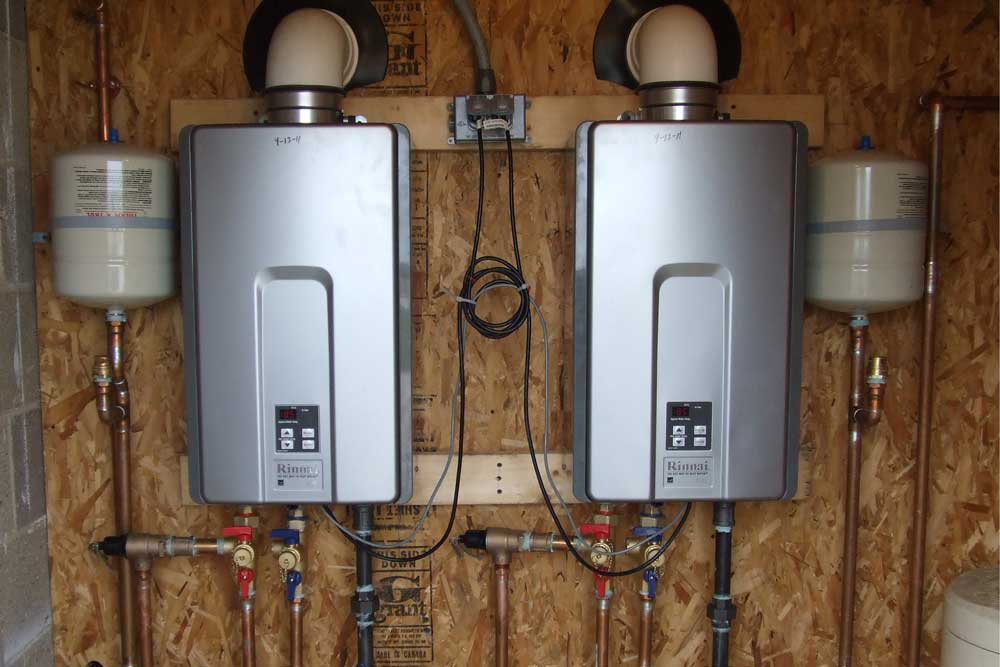What to Maintain Your Home's Hot Water System Effectively
What to Maintain Your Home's Hot Water System Effectively
Blog Article
Listed here underneath you can get more helpful insights pertaining to Tips on Maintaining a Water Heater.

Hot water is essential for daily comfort, whether it's for a rejuvenating shower or washing meals. To ensure your warm water system runs effectively and lasts much longer, normal upkeep is key. This write-up provides practical pointers and understandings on how to maintain your home's hot water system to avoid disruptions and pricey fixings.
Intro
Preserving your home's hot water system may seem daunting, however with a few simple actions, you can ensure it operates efficiently for many years to come. This overview covers whatever from recognizing your hot water system to do it yourself upkeep tips and knowing when to employ professional assistance.
Relevance of Keeping Your Hot Water System
Regular upkeep not only expands the lifespan of your warm water system but likewise guarantees it operates successfully. Overlooking upkeep can cause decreased performance, higher power expenses, and even early failure of the system.
Indicators Your Hot Water System Needs Upkeep
Recognizing when your warm water system needs interest can avoid major concerns. Watch out for indications such as irregular water temperature level, strange noises from the heater, or rustic water.
Comprehending Your Hot Water System
Before diving into upkeep tasks, it's useful to recognize the standard components of your hot water system. Commonly, this consists of the water heater itself, pipelines, anode poles, and temperature controls.
Month-to-month Maintenance Tasks
Routine monthly checks can help capture minor concerns before they rise.
Purging the Water Heater
Purging your water heater gets rid of sediment build-up, enhancing efficiency and lengthening its life.
Checking and Changing Anode Rods
Anode rods protect against deterioration inside the container. Checking and replacing them when broken is vital.
Checking and Adjusting Temperature Level Setups
Readjusting the temperature level settings ensures optimum performance and safety.
DIY Tips for Upkeep
You can carry out numerous upkeep tasks yourself to maintain your warm water system in leading condition.
Checking for Leakages
Frequently inspect pipelines and links for leaks, as these can lead to water damage and higher costs.
Examining Stress Relief Valves
Testing the stress safety valve ensures it functions appropriately and stops excessive pressure build-up.
Protecting Pipes
Shielding warm water pipes lowers warm loss and can save power.
When to Call an Expert
While DIY upkeep is helpful, some issues call for professional competence.
Complex Concerns Needing Professional Aid
Examples consist of major leakages, electric problems, or if your hot water heater is regularly underperforming.
Regular Expert Upkeep Perks
Professional upkeep can include complete evaluations, tune-ups, and making certain compliance with safety and security requirements.
Conclusion
Routine maintenance of your home's warm water system is essential for effectiveness, longevity, and expense financial savings. By complying with these pointers and understanding when to look for expert aid, you can guarantee a trusted supply of hot water without unforeseen disturbances.
Water Heater Maintenance Tips
Test the TPR Valve
Shut off the power and the cold-water supply valve. Place a bucket under the pipe connected to the temperature-pressure-release (TPR) valve on the top or side of the tank. (This valve opens if the tank pressure gets too high.) Lift the valve’s tab to let some water out, then let go. If water keeps flowing, drain the tank partway, unscrew the old valve with a pipe wrench, and install a new one. Check the Anode Rod
Put a hose to the tank’s drain cock and let out a few gallons of water. Now fit a 1 1/16-inch socket onto the rod’s hex head on top of the heater (or under its top plate) and unscrew the rod. If it’s less than ½ inch thick or coated with calcium, buy a new one, wrap its threads with Teflon tape, put it back in the tank, and tighten securely. Use this segmented rod if headroom above the tank is limited. Drain the Tank and Wash Out Sediment
Drain the remaining water in the tank into the bucket, then stir up the sediment on the tank’s bottom by briefly opening the cold-water supply valve. Drain and repeat until clean water comes out of the hose. Close the drain cock, refill the tank, and turn its power back on. Adjust the Temperature
Find the temperature dial on the side of the tank and unscrew its cover. Adjust the dial to 120 degrees using a flathead screwdriver. For every 10 degrees the temperature is lowered, you can expect to save up to 5 percent in energy costs. Turn the water heater off or the thermostat down to its lowest setting if you plan to be away from home for more than three days. Insulate the Pipes
Buy some self-sticking 3/8-inch-thick foam pipe insulation that matches the pipes’ diameter. Slide the foam over the hot-and cold-water pipes as far as you can reach. Insulating the cold-water pipe prevents condensation in summer. Peel the tape and squeeze the insulation closed. If the pipe is 6 inches or less from the flue, cover it with 1-inch-thick unfaced fiberglass pipe wrap. https://www.thisoldhouse.com/plumbing/21016402/how-to-maintain-a-water-heater
:max_bytes(150000):strip_icc()/tankless-hot-water-system-in-the-basement-of-a-green-technology-home-529577258-77afda16fd494c6899a78000888c3204.jpg)
I discovered that write up about Tips For Maintaining Your Hot Water Heater while doing a search on the web. Liked our blog entry? Please share it. Let someone else find it. I love your readership.
Hire A Pro Report this page